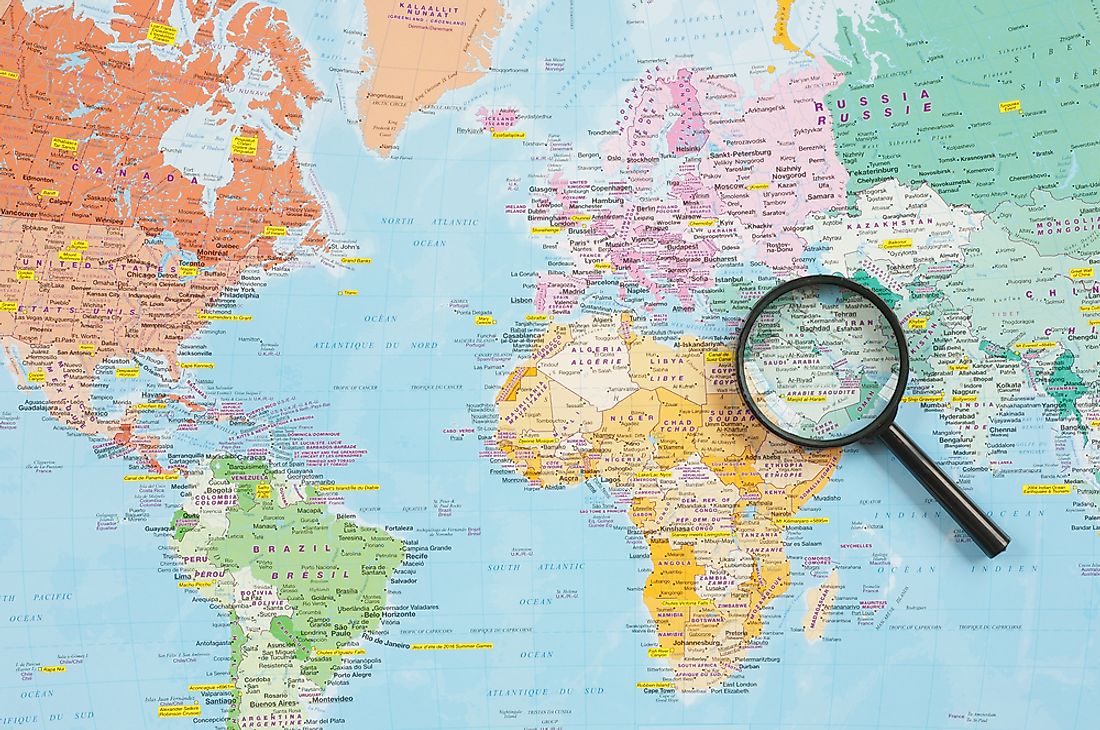What Continent Is The Middle East In?

The Middle East is an intercontinental area centered on Egypt, Turkey, and Western Asia. It is on three continents with Asia being the primary. It extends for about 1,000 miles from the Iran Mountains to the Mediterranean Sea and 2,000 miles from the Arabian Sea to the Black Sea. The Middle East has seventeen nations, and it occupies an area of about 2,782,869 sq miles. The Middle Eastern countries include Bahrain, Cyprus, Iran, Iraq, Israel, Jordan, Kuwait, Lebanon, Oman, Palestine, Qatar, Saudi Arabia, Syria, United Arab Emirates, and Yemen in western Asia, Egypt in northern Africa, and Turkey straddling both continents. The biggest Middle Eastern state by land area in Saudi Arabia (830,000 sq miles) followed by Iran (636,372 sq miles) and then Egypt (390,120 sq miles). The smallest nation in the Middle East is Bahrain which occupies an area of about 257 sq miles.
Deserts in the Middle East
Over 80% of the Middles East is a desert and only a few areas including the coastal zones of the eastern Mediterranean, Turkey, and Egypt receive rain. One of the deserts in the Middle East is the An Nafud Desert in Saudi Arabia which is known for its gigantic dunes. The Arabian Desert is one of the most inhospitable areas in the world. It occupies about 900,000 sq miles of the Arabian Peninsula encompasses parts of Oman, Iraq, Jordan, and Yemen. Rub’ Al Khali Desert is the largest desert in the world, and it covers a huge part of Oman, United Arab Emirates, South Saudi Arabia, and Yemen.
Mountains of the Middle East
The Middle East has numerous mountain ranges with some of the tallest peaks being over 18,000 ft above sea level. The Caucasus Mountains is located between the Caspian and the Black Seas. The volcanic peak of Caucasus Mountains exceeds 15,000 ft with its highest point being about 18,481ft high. Other mountain ranges found on the border between Saudi Arabia and the Red Sea includes the Hejaz and Asir mountains. The Middle East is generally a hot area with numerous main rivers which supply water to various agricultural regions like the Fertile Crescent, Tigris and Euphrates, and the Nile Delta. Majority of the nations bordering the Persian Gulf have vast crude oil reserves.
History of the Middle East
Throughout history, this region has been a critical center of global affairs, and this includes religiously, politically, economically, and culturally. The Middle East is the spiritual center and birthplace of numerous religions including Judaism, Islam, Christianity, Druze, and Yarsan among others. The earliest civilizations like Ancient Egypt and Mesopotamia originated from the Nile Valley and the Fertile Crescent regions. The current Middle East started after the Second World War when the British defeated the Ottoman Empire. During the twentieth century, the region’s vast crude oil stock helped boost the economy of these nations. The estimated oil reserves in Saudi Arabia and Iran is the highest on earth. The Middle East has seen its fair share of wars especially the Cold War when all the superpowers wanted to control this area due to its vast oil reservoirs.











